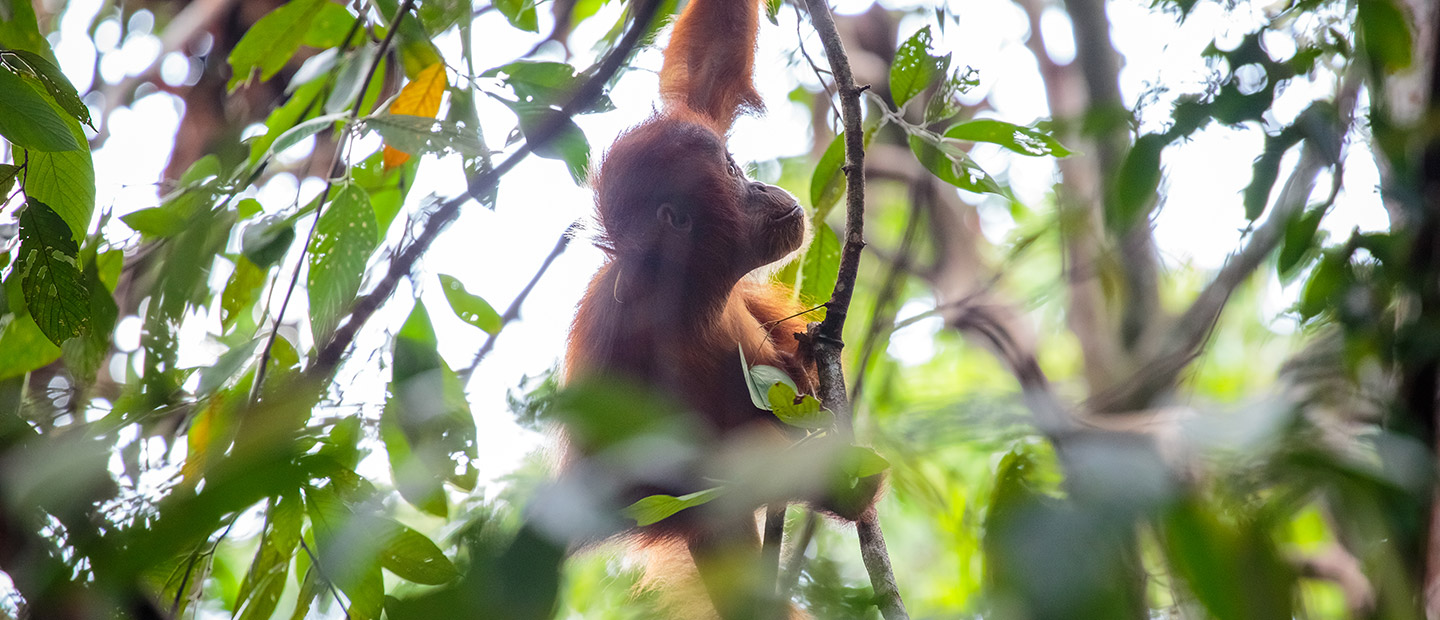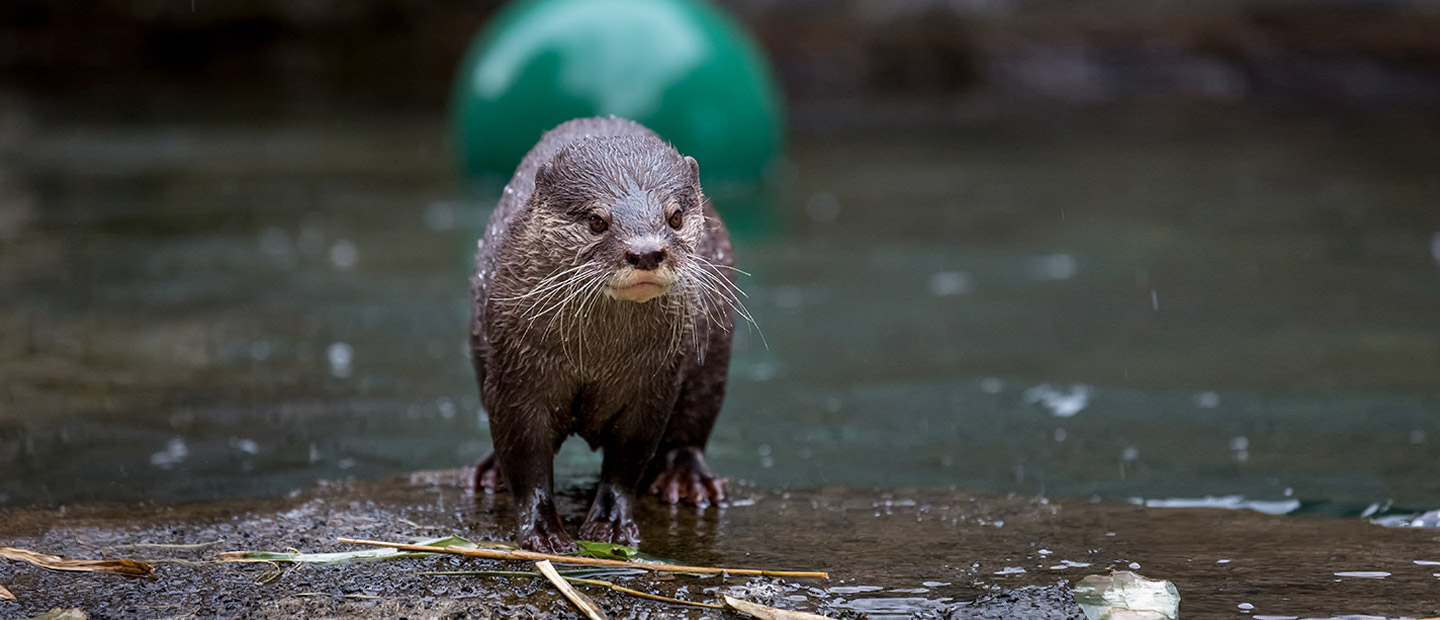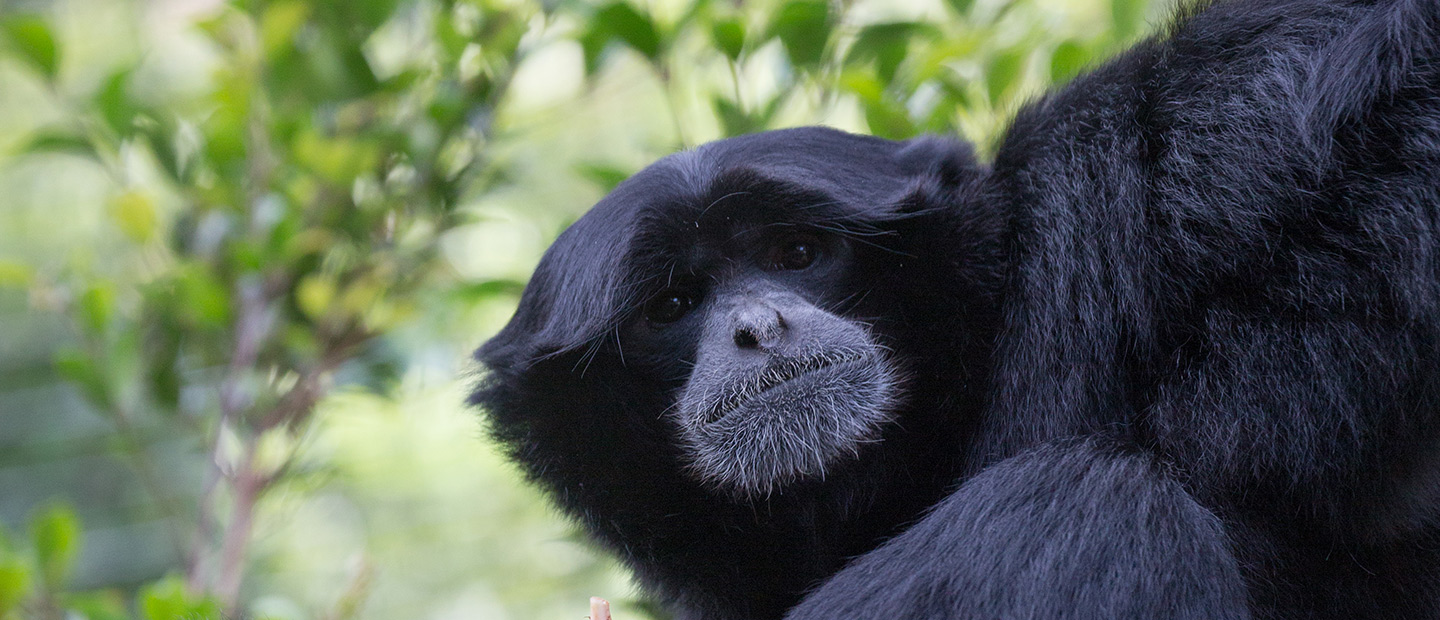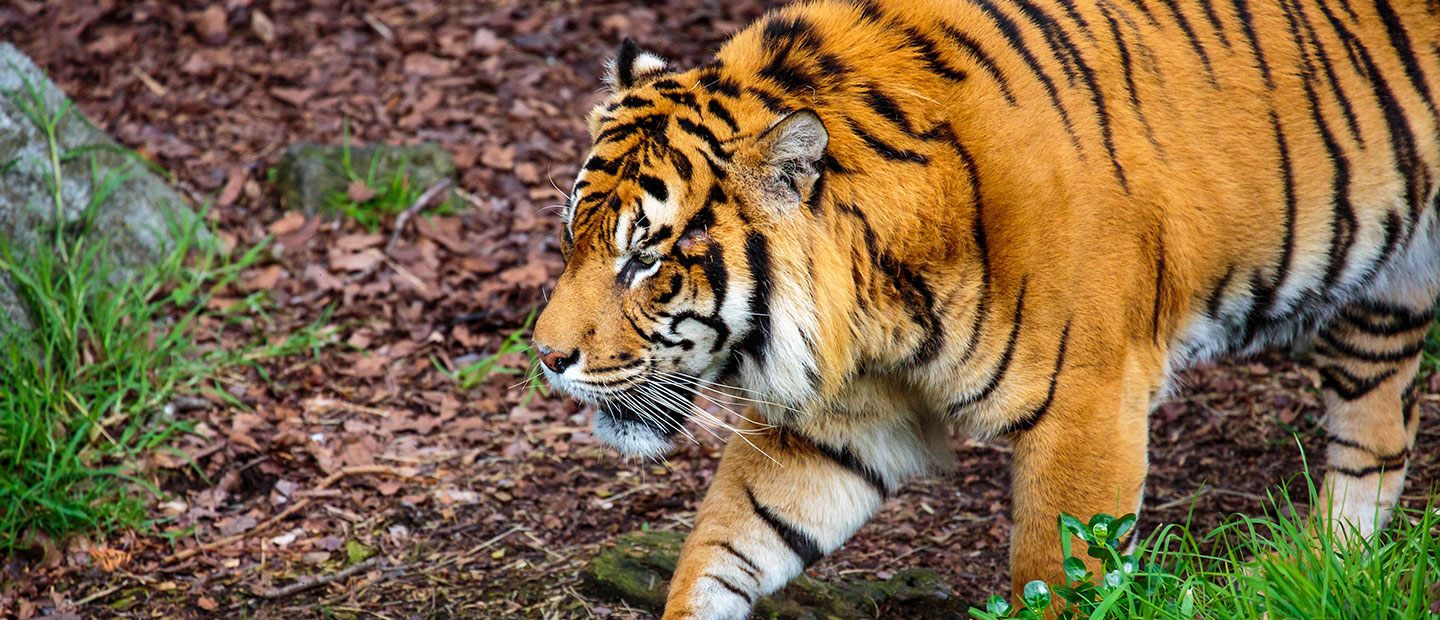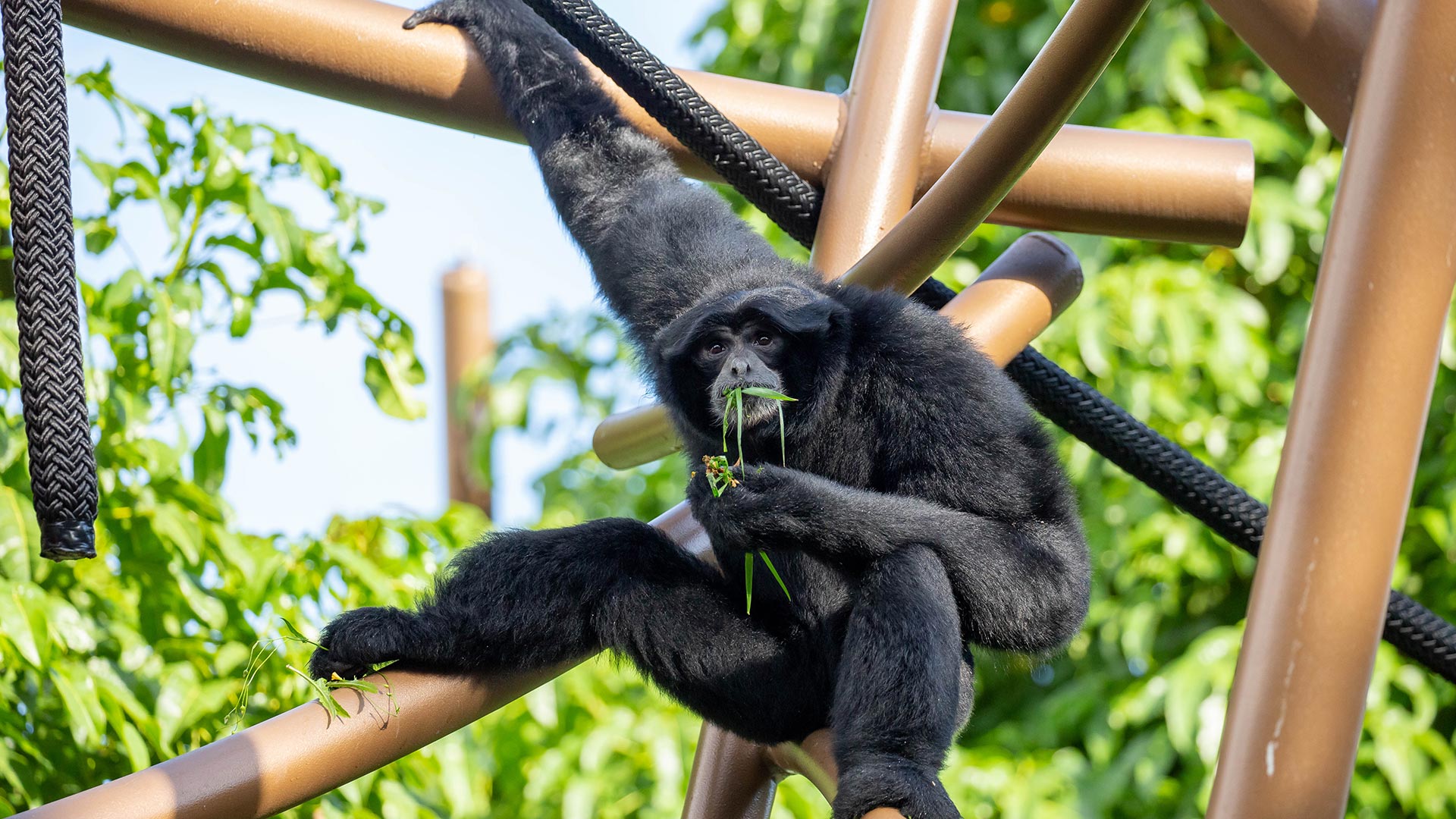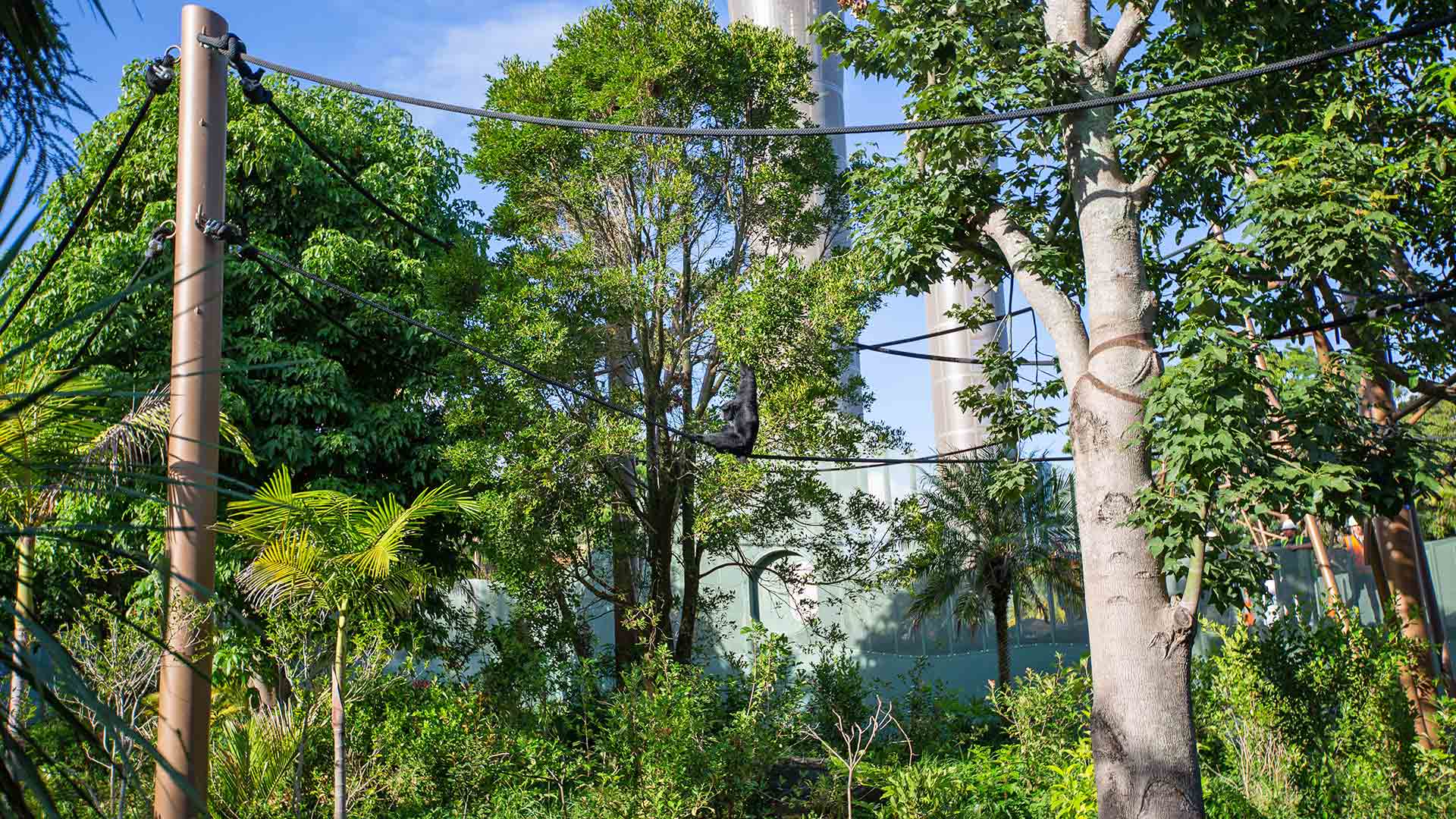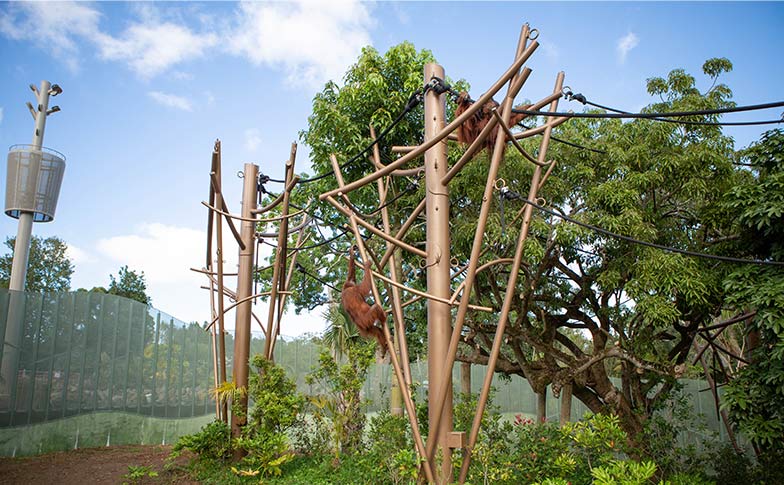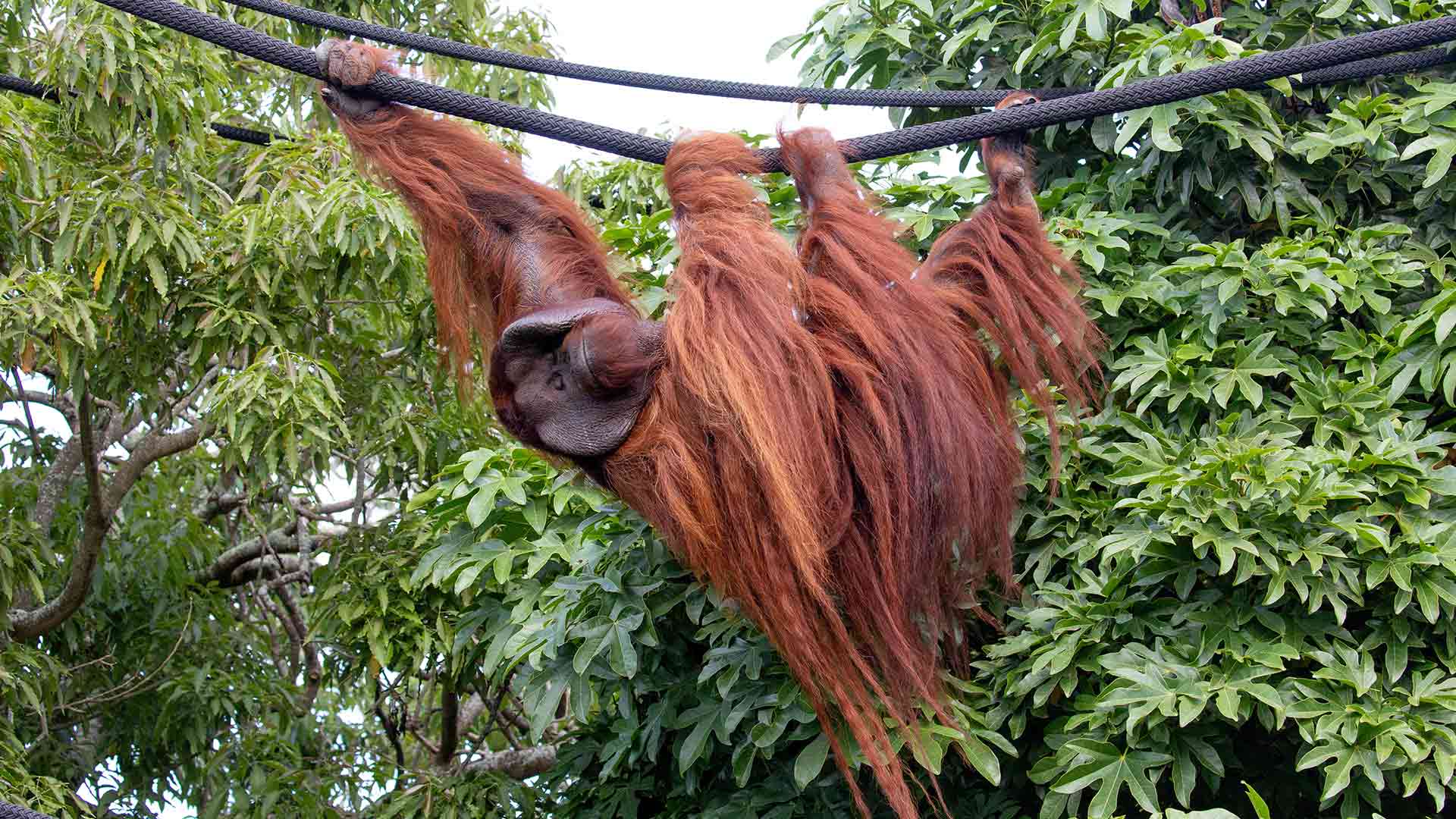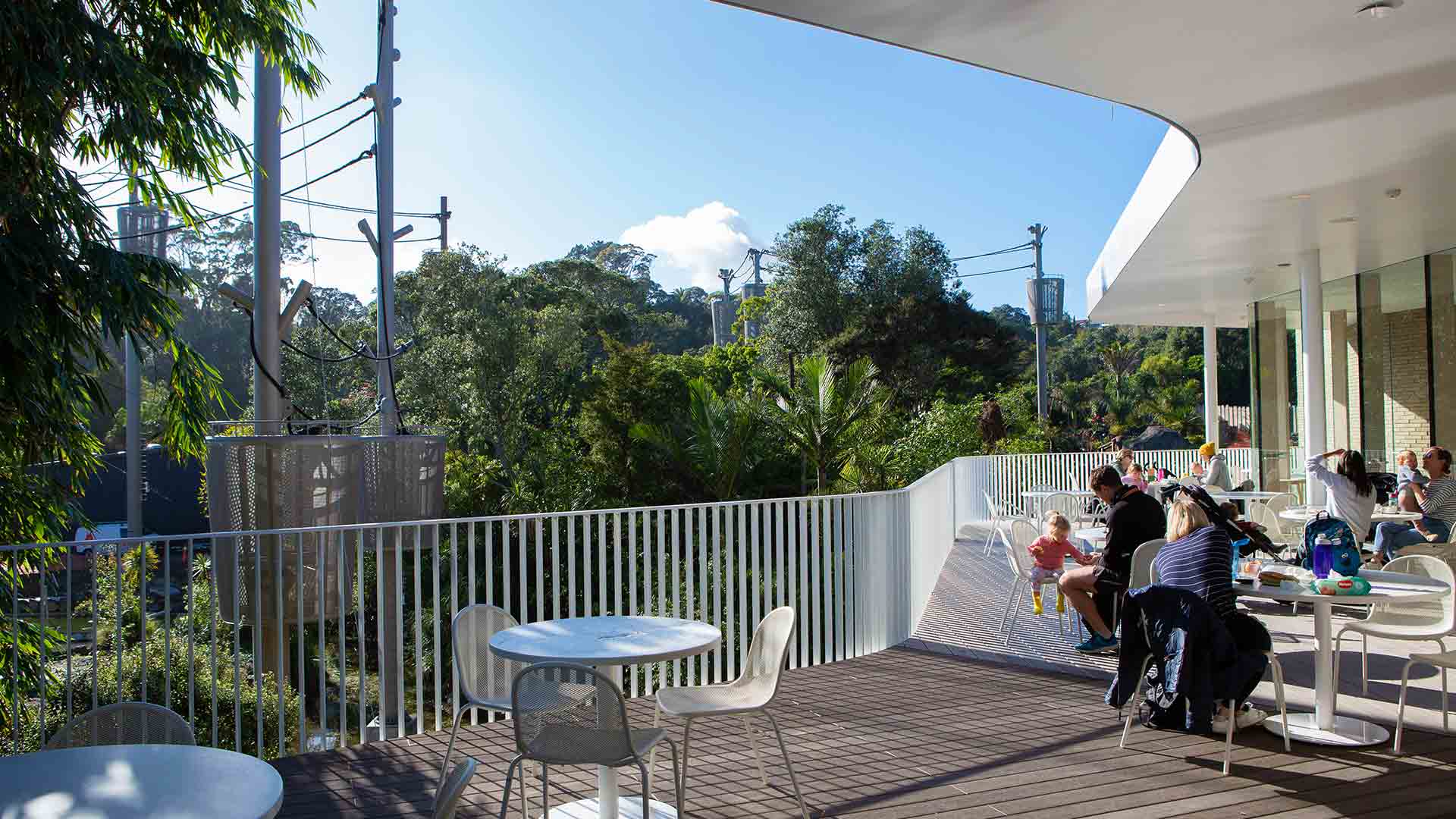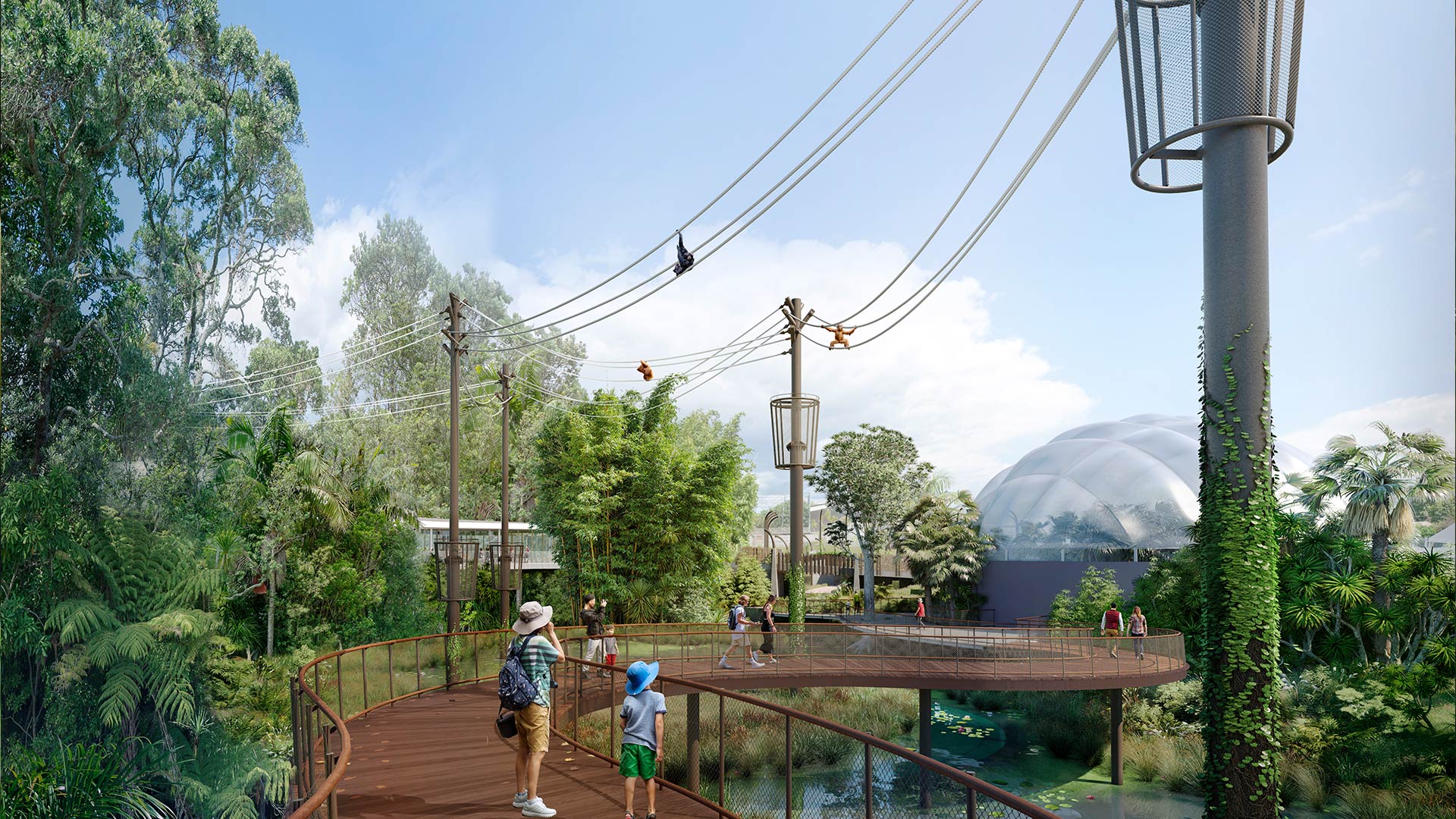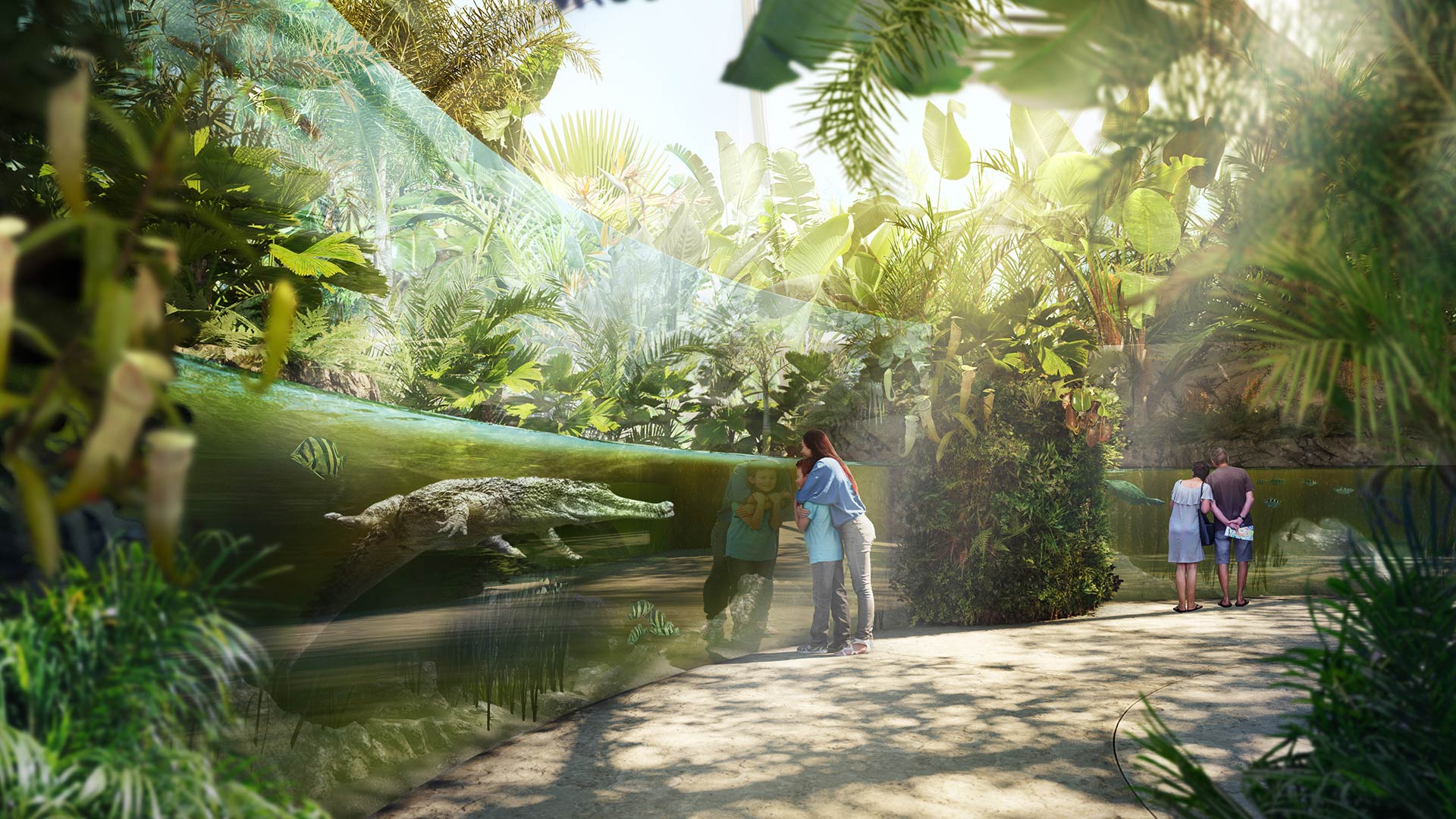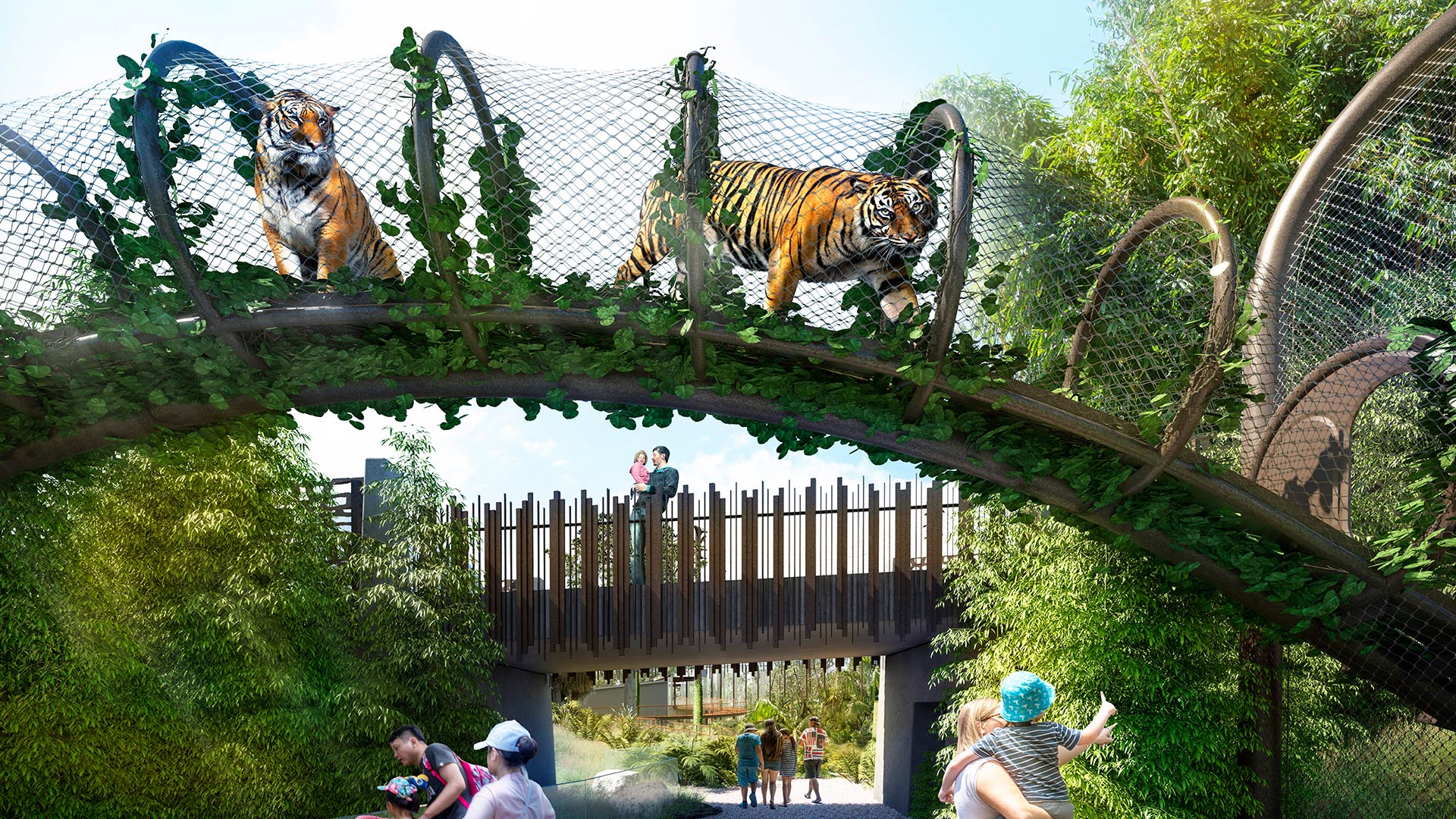Our stunning new high canopy primate habitat for orangutans and siamangs is now open for you to experience!
Also completed and open as part of phase one of our new South East Asia Jungle Track is our new wharekai (café) and function venue, Te Puna (‘the spring’).
Our South East Asia Jungle Track, the biggest project in our 99-year history, is a $60m renewals programme being funded through Auckland Council’s long-term plan.
“As kaitiaki of Tāmaki Makaurau’s zoo and the environment, we’re so excited and proud of this world-class development for our animals and community. It reflects all that we stand for, and is truly wildlife conservation science at work,” says Auckland Zoo director, Kevin Buley
Once complete, along with our lake and wetlands, this track across one-fifth of our Zoo, will feature a lowlands habitat for tigers and otters and a swamp forest habitat for Sunda gharial (crocodile) and other fish and reptiles.
Highly immersive for animals and people, and unique to Aotearoa and globally, it is all about providing the best care for our animals and bringing animals together to give visitors a deep connection with nature and inspire a love and care for wildlife and each other.
As one of the most species-rich and threatened places on earth, Auckland Zoo is proud to be putting the spotlight South East Asia. For 20 years we’ve been actively supporting conservation efforts here to help wildlife in the wild that continue to make a positive difference, and you our visitors are contributing to these efforts every time you visit!


